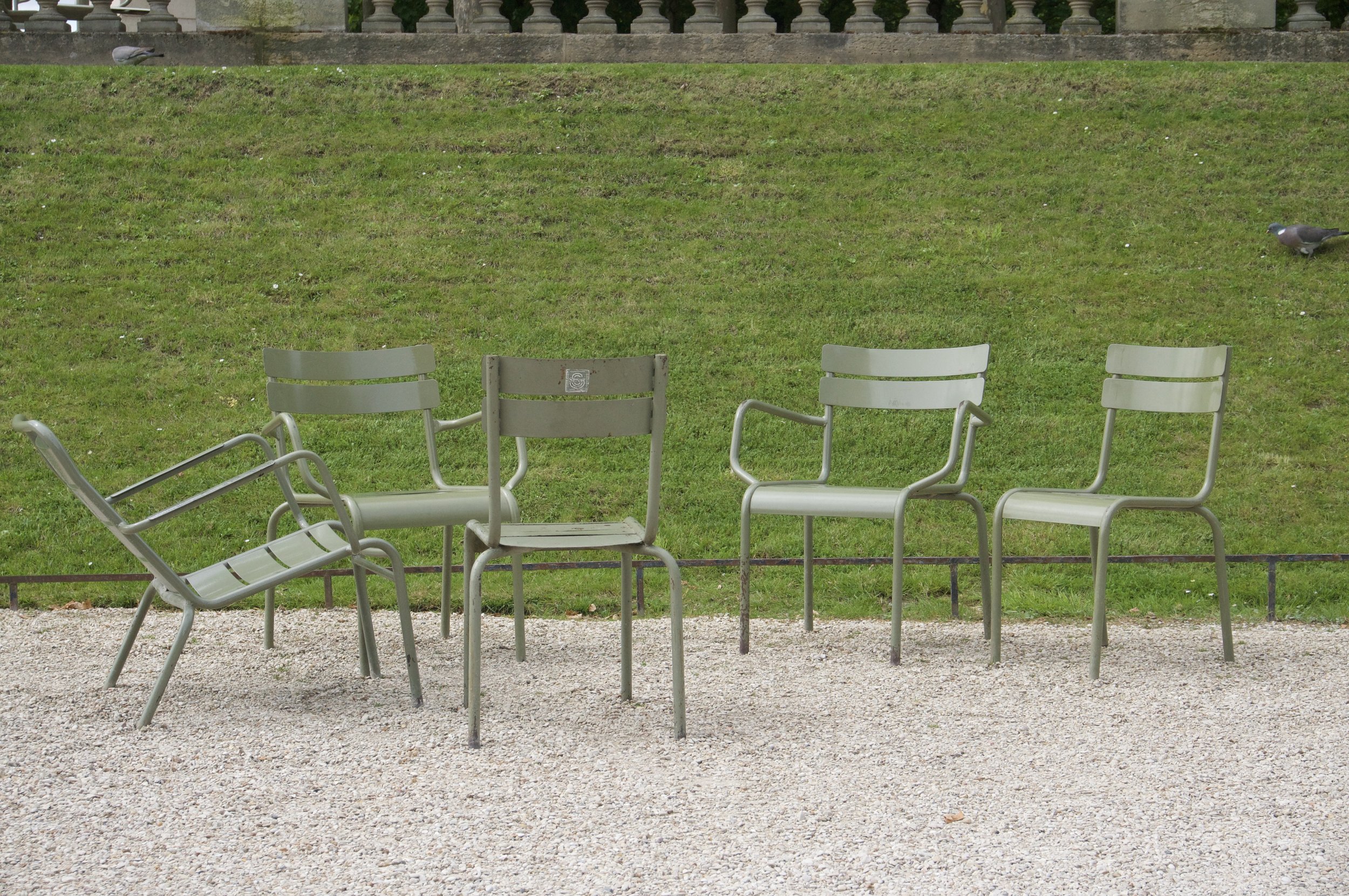
PARIS
Caring Culture: architecture, commoning and the politics of public health and wellbeing
(Centre Culturel Irlandais)
Caring Culture is an ongoing project inspired by my previous work, Salt and Commoning. As an artist, I am exploring our relationship to urban spaces through the lens of philosophy and psycho-politics. Asking “why do we behave the way we do in public space”, “what the effect of consumerism is in the public realm”, and “what does the day after gentrification feels like”. The timeline of this project begins in Paris in May 2024, where I underwent a residency at the Centre Cultural Irlandais, supported by Visual Artist Ireland. In September 2024, I continued my research in Ireland, investigating the city creatively while developing a theory, methodology and body of work around caring culture. This ongoing multi-media project includes artwork, illustration, community engagement, academic paper writing, and playwriting.
Where my studio was situated
5 Rue des Irlandais
NON-LIEUX
Dérive
SUPER MODERNITY
How do plants experience the city?
post - modernism
In the first week of my residency, I started to creatively investigate the city by doing Dérive, capturing my movement in my sketchbook and through photography. I found myself realising I was looking up more and down more and less ahead of myself. I began to become curious about two things: how do Humans experience the city, and how do plants experience the city?
For week one, I focused on the plants discovering their existence in non-places <Non-Lieux>, as Marc Augé describes, "a non-place is a place we do not live in, in which the individual remains anonymous and lonely." In the case of the plants, they existed within the unintentional voids of Parisian architecture. They called the cracks, the sidewalks and places we don't call home intentionally: HOME.
To creatively engage with the observations from my experience doing dérive, I began painting the sketches which stood out to me most. A plant on the balcony of a stairwell, Plants in front of a door and a plant out an apartment window. I was becoming more curious about the shared relationship between nature and humans in the city.
A question I was asking myself is that although Marc Augé describes non-lieux as "a place we do not live", he also states it is a place of transition. I began wondering where a location existed both as a relational location that inhabits a form of non-lieux. I chose to focus on a more public space than the painted locations. A place where people go about their day, a place between urban living, nature and human experience; the place I decided was Jardin du Luxembourg
jardin
du luxembourg
…Et pouvoir me sentir comme des petites fleurs
My reasoning for choosing Jardin du Luxembourg was that each day, I would eat breakfast there with an espresso from the kiosk in the park. I spent hours in the morning sun watching the flow of people as I sketched. I noticed each day I arrived; the chairs were laid out differently than the day before. Yet, although I would spend quite a long time there each morning, I never noticed them moving.
I wanted to know if the chairs would stay in the exact location between nature and humans compared to the park's central areas an open space void of much green.
I began a creative experiment by choosing six locations in the park, which I would document over seven days to see how the chairs changed daily.
prototype test
I stumbled across the sentence "pouvoir me sentir comme des petites fleurs," meaning I want to feel like tiny flowers, resonating with my research and creative experiments. How might I capture this sentiment as an artist?
Having built a bio synth in the past for my project Mycelium, I decided to make a second one that I could link up with reverb and other synths I had collected.
Using the bio-synth I decided to spend the last week making a four track experimental EP























